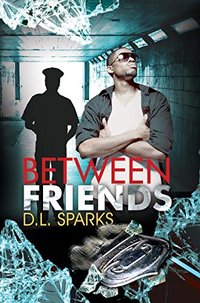

Weidenfeld knew about him through Frame Smith Hastings, his sister-in-law, ‘a devoted friend from the BBC monitoring days’ who herself joined the staff of Contact.įrom the late 1920s, ‘H. From the design point of view, the significant introduction was to Hubert de Cronin Hastings, the co-proprietor and advisory editor of the Architectural Review. Several other well-known names of the time are mentioned – Philip Toynbee, one of the associate editors, was among the most important for his commissioning network. Lord Weidenfeld writes in his memoir, Remembering my Good Friends (1995) , that he wanted to turn his position as an émigré to wider advantage, ‘being with the English but not of the English … I thought that Britain was the most temperate and tolerant of all societies and that her example could help postwar Europe return to democratic government.’ He was working at the BBC at the time, and his aim for the publication was to ‘emulate the best reportage of the New Yorker with an occasional dash of Fortune’, with hope of international co-editions in Czechoslovakia.Ī contact with André Deutsch, another émigré who went on to make his mark in publishing, enabled Weidenfeld to gain access to a paper supply through the printer Duncan Mackintosh.

The content is extraordinarily varied, covering politics, economics, arts and society with many famous names as contributors.

#Contact book series series#
This series of hardback reviews of current affairs and arts, poised like many publications of that time on the borderline between book and magazine, was the first publishing venture of George Weidenfeld, who published 11 titles in the series before he created Weidenfeld and Nicolson as a more conventional enterprise.Ĭontact Books are worth revisiting for several reasons. With an enlargement of Nye Bevin’s left eye from a portrait photo by Karsh of Ottowa, partially obscured by a band of yellow paper containing its title in a combination of decorative Victorian wood types researched by Charles Hasler, The First Spring of Peace, A Contact Book burst upon the post-war world in 1945.


 0 kommentar(er)
0 kommentar(er)
